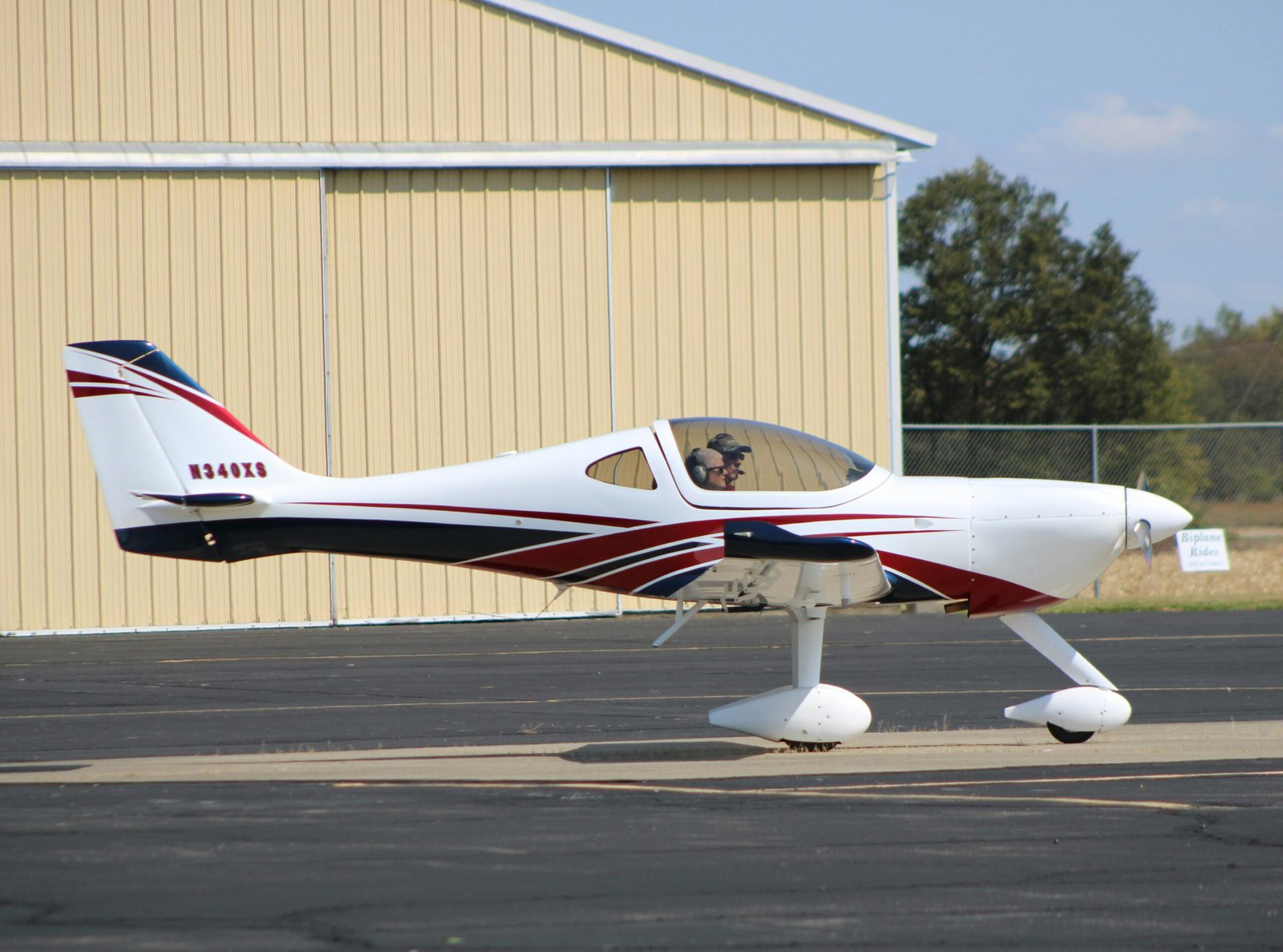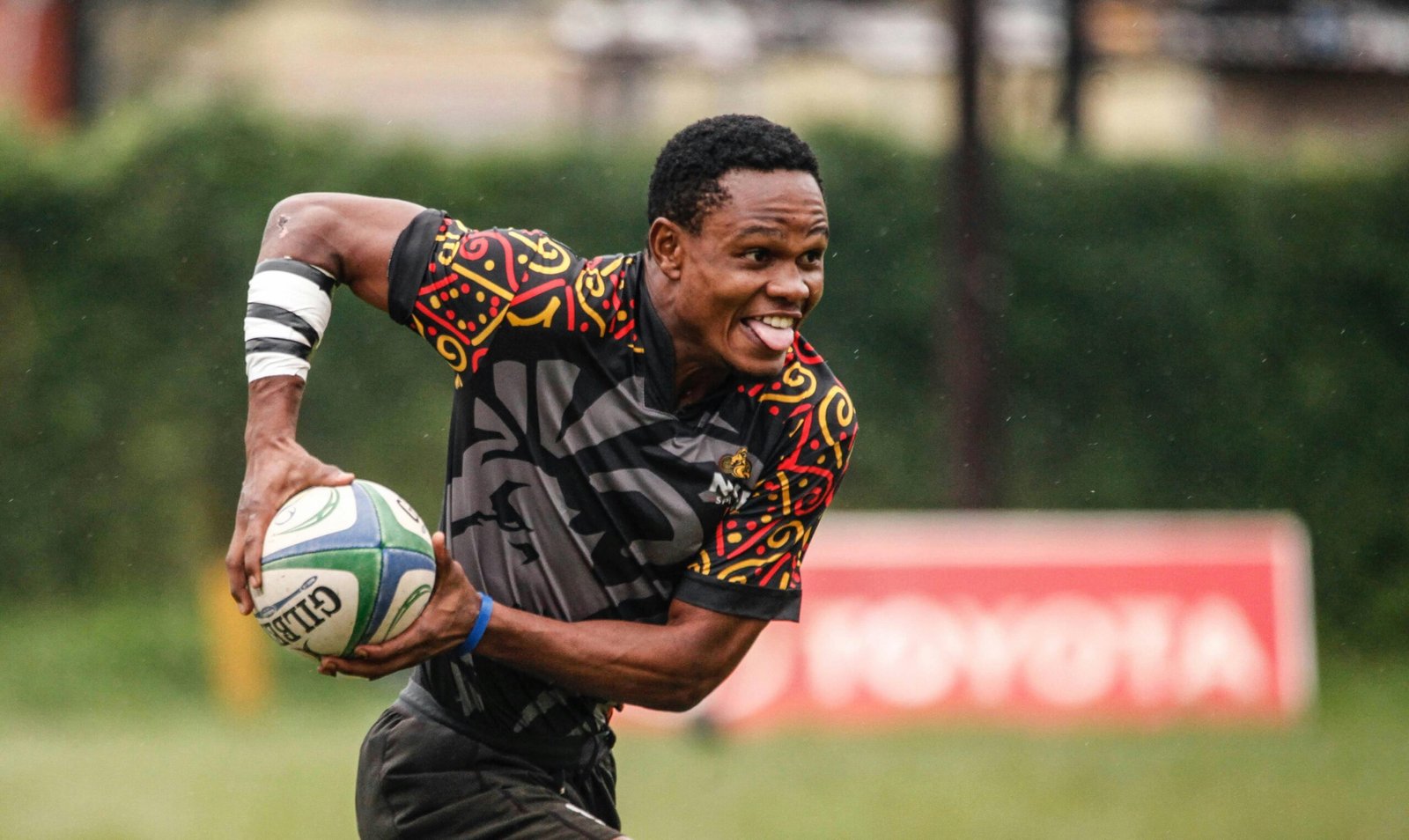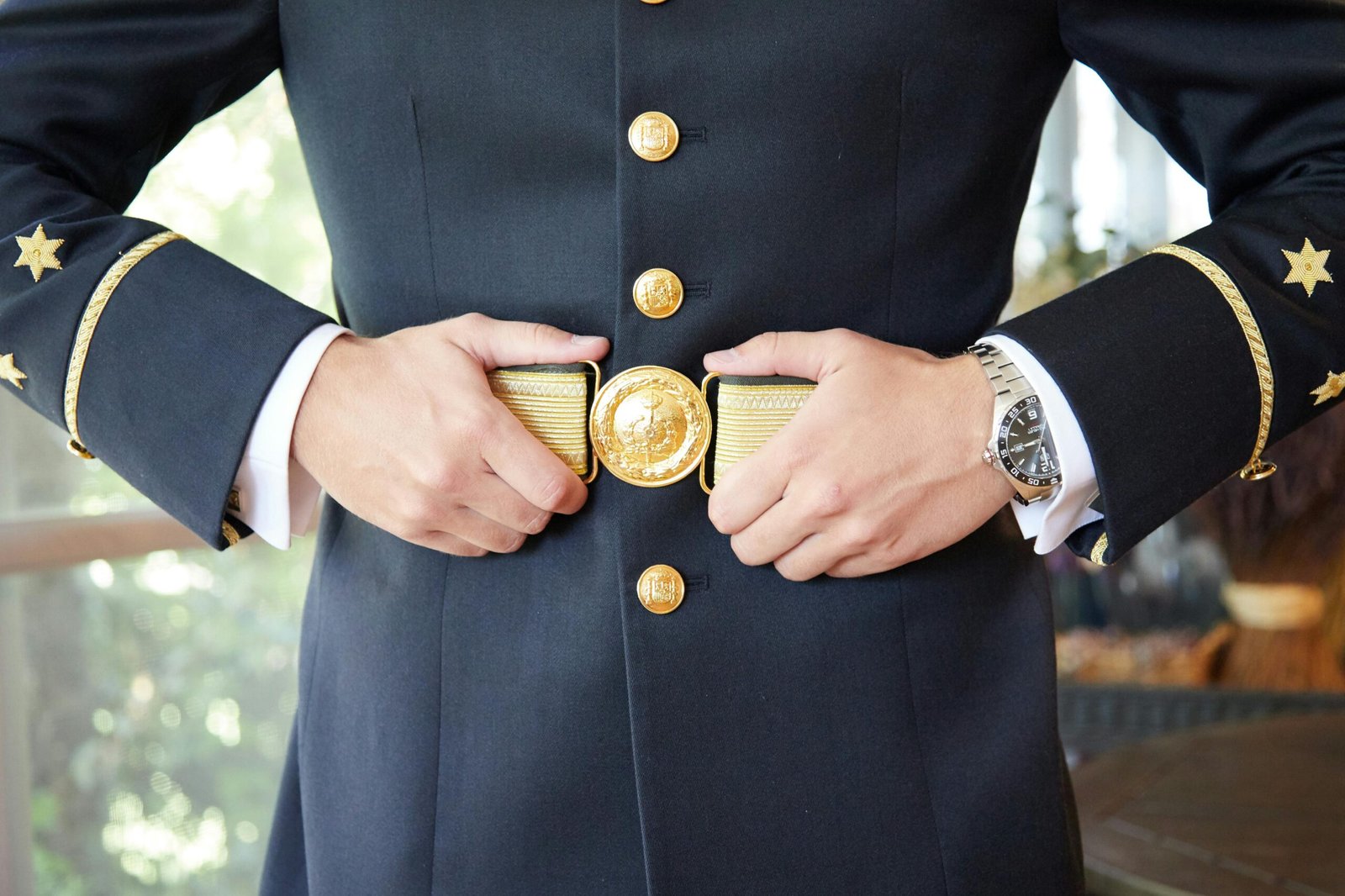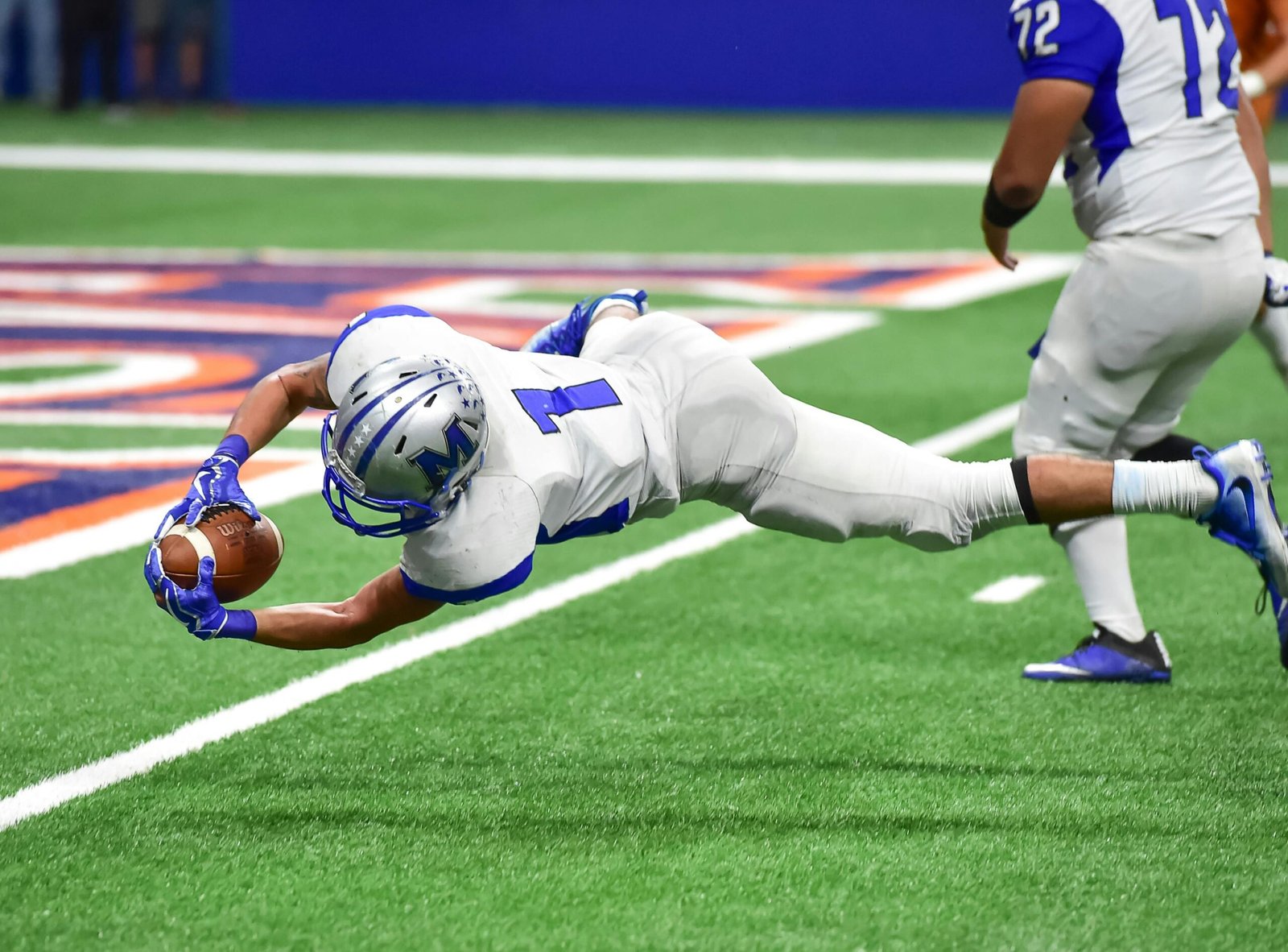The unique epaulettes worn by pilots are easily recognizable to anybody who has ever been on an airplane or who has visited an airport. These stripes have a practical purpose as well; they denote the pilot’s rank and degree of expertise in the cockpit. Epaulettes are a crucial visual indication in the aviation industry for quickly communicating the roles and duties of every crew member.
Pilot airplanes are an important Pilot Epaulettes and Rank aspect of aviation history, and this blog article will examine their significance, the rank they represent, and their meaning in further detail.
What Are Pilot Epaulettes?
Epaulettes are traditional shoulder ornaments worn by officers in the military and navy to indicate status. These decorations are often crafted from cloth or embroidered. Epaulettes, which are stripes or bars stitched into a pilot’s uniform in modern aviation, serve the same purpose: to denote the pilot’s seniority and status within the flight crew. While most airlines employ gold or silver stripes, some use black or white; this varies by area and carrier.
The number of stripes on a pilot’s epaulettes, which are Pilot Epaulettes and Rank worn on both shoulders, is a way to identify their rank in the cockpit. Everyone on board, from passengers to crew, can see exactly who is in charge thanks to this system of ranks.
Pilot Ranks and Epaulette Stripes
A pilot’s rank is directly proportional to the number of stripes on their epaulettes. While there may be minor differences across airlines, the basic outline is:
- Cadet or Trainee Pilot (No Stripes): No stripes on the epaulettes for a cadet or trainee pilot. These people have not yet achieved the necessary qualifications to fly commercial aircraft independently; they are still in the training process. In most cases, they will be flown by pilots with higher experience.
- Second Officer (Two Stripes): A second officer typically wears two stripes on their epaulettes. This rank is sometimes referred to as the relief pilot, and their primary role is to assist the captain and first officer during long-haul flights by taking over during less critical phases of the journey, such as during cruise. Second officers are usually more experienced than cadet pilots but may not yet have the full qualifications of a first officer.
- First Officer (Three Stripes): The epaulettes of the first officer, who is also called the co-pilot, are striped with three vertical stripes. Like the captain, the first officer is responsible for piloting the plane, coordinating with air traffic control, and operating the Pilot Epaulettes and Rank various systems in the cockpit. They are the captain’s right-hand man and jump in when the captain needs them. Airline regulations and flight conditions determine whether the first officer takes or lands the plane.
- Captain (Four Stripes): Epaulettes with four stripes are worn by the captain or pilot in charge. The captain, as the senior member of the flight crew, is entrusted with the utmost responsibility for the flight’s safety and operation, in addition to having the power to make all final decisions. From pre-flight inspections until landing and deplaning, they supervise the whole trip. In times of crisis, the rest of the crew listens to the captain and follows his or her lead.
- Senior Captain or Check Captain (Four Stripes and Additional Markings): Senior captains or check captains in some airlines, particularly those that operate large fleets or international routes, may also wear additional insignia or decorations in addition to the four stripes. It is the responsibility of these captains to teach and assess other pilots, keeping operational and safety standards in check.
Why Are Epaulettes Important?
Pilot epaulettes have long been a staple of the aviation industry and perform a number of vital roles:
- Visual Identification of Rank: The pilot’s position and authority may be seen clearly and immediately in an epaulette. When knowing who to contact in an emergency or during regular encounters with passengers and staff is of the utmost importance, this comes in handy.
- Reassurance for Passengers: Passengers may feel more at ease when they observe a pilot wearing a uniform with distinct stripes. Customers have faith in the flight crew’s competence because it conveys professionalism, authority, and experience.
- Teamwork and Hierarchy in the Cockpit: There is a great deal of hierarchy and organization in the aviation sector. For safe and efficient operations, it is crucial to have clearly defined lines of authority in the cockpit. Each member of the flight crew is epauletted so that everyone understands their job and who makes the ultimate decisions.
- Maintaining Tradition: The aviation industry’s use of epaulettes is an homage to the long-established practice of using shoulder insignia to indicate status in military and naval uniforms. This contributes to the preservation of professionalism and formality in a field where following protocols and safety measures is of utmost importance.
Conclusion
In addition to adding style to pilot uniforms, the epaulettes pilots wear serve as powerful emblems of their rank, years of service, and sense of duty. The marks of a first officer (two stripes) or captain (four stripes) symbolize the extensive training and experience that pilots go through to guarantee the safety and success of every flight.
Be sure to admire the pilots’ epaulettes the next time you board a plane. Keeping the skies safe for passengers throughout the world is a commitment that lies behind every stripe. It’s a path of study and devotion.









